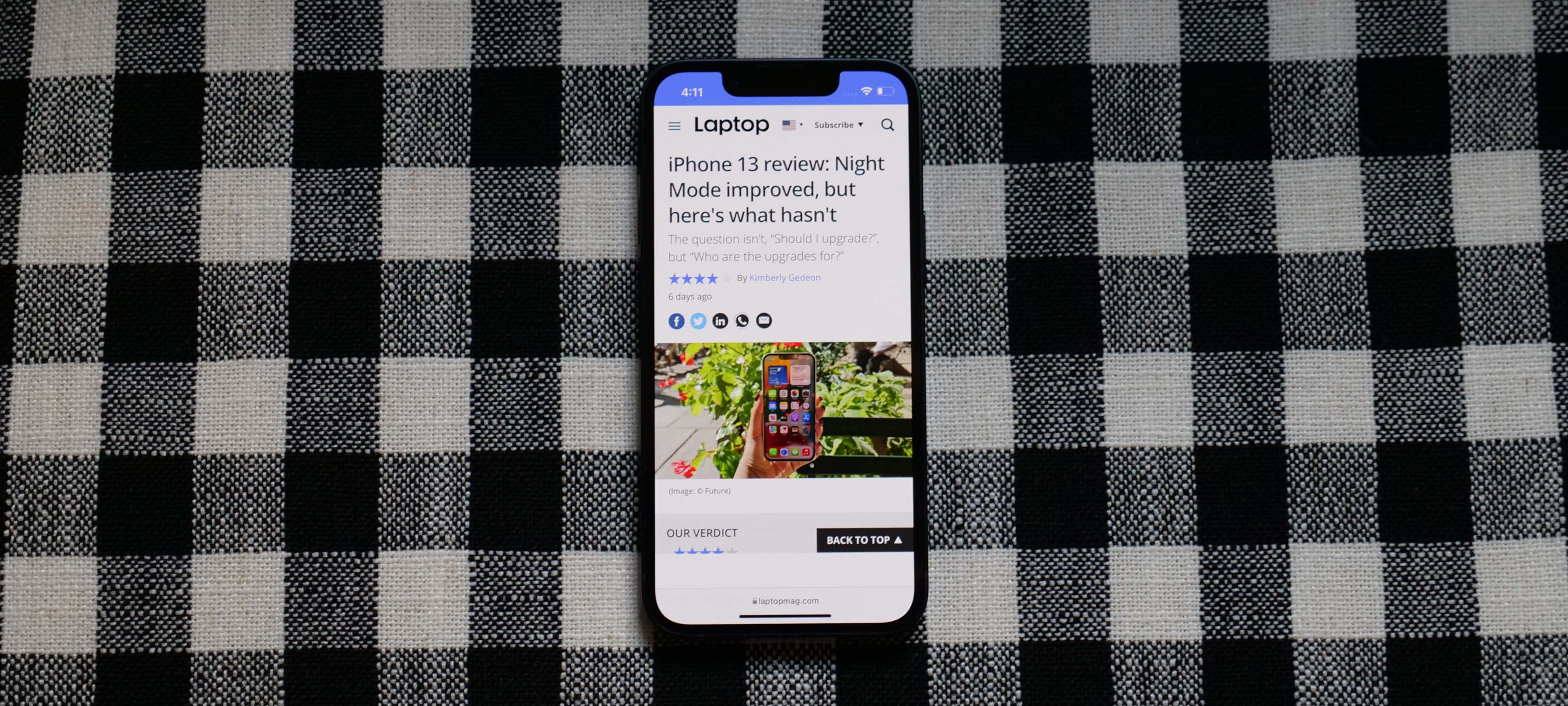Laptop Mag Verdict
The iPhone 13 mini addresses almost all of its predecessor's problems. With rumors of the mini’s demise swirling, this may be the best small phone we ever see.
Pros
- +
Unmatched software support
- +
Class-leading performance
- +
Bright and sharp display
- +
Top-tier video and photos
- +
128GB base storage
Cons
- -
Middling battery life
- -
No telephoto lens
- -
60Hz display
Why you can trust Laptop Mag
Price: $699 (starting), $999 (as reviewed)
OS: iOS 15
Display: 5.4-inch (2,340 x 1,080 pixels) Super Retina XDR OLED
CPU: A15 Bionic
RAM: 4GB
Rear cameras: 12MP wide (ƒ/1.6); 12MP ultra-wide (f/2.4)
Front cameras: 12MP (f/2.2)
Storage: 128, 256, 512GB
Battery: 8:51
Size: 5.2 x 2.5 x 0.3 inches
Weight: 5 ounces
The iPhone 13 mini is arguably the most interesting of the iPhone 13 models because rumors point to it being the last of its kind. Yes, Apple may scrap the small form factor next year.
It’s the most powerful small phone ever thanks to Apple’s A15 Bionic chip. The improved efficiency of the A15 combined with a larger battery cures its predecessor’s exceedingly short battery life. As with the standard iPhone 13, you still get short-changed on some flagship features like the 120Hz ProMotion display and top-tier camera features (both found on the Pro models), but taken as a whole, this phone is a unicorn in the modern smartphone market.
And befitting such a mythical creature, it is probably about to vanish forever, so if a pocketable powerhouse of a phone appeals to you, then read on to see if this is still the best phone for you, even with its tradeoffs.
iPhone 13 mini price and configurations
The iPhone 13 mini is available in three storage configurations starting at $699 for 128GB. You can upgrade to 256GB for $799 or choose the maxed-out 512GB for $999.
The specs are otherwise identical, including the new A15 Bionic processor, 4GB of RAM, and an upgraded dual-camera array. Five color options are available: Starlight, Midnight, Blue, (Product) Red and Pink.
With Apple finally raising its base storage option to 128GB, the $699 entry price for the iPhone 13 mini is a much more realistic option for many buyers this year. However, if you take a considerable amount of photos or videos, you would still be wise to bump up to the 256GB tier.
If you are looking to save money on the iPhone 13 mini, the carriers and Apple have some iPhone 13 deals that will reduce your cost to nothing with an eligible trade-in.
Sign up to receive The Snapshot, a free special dispatch from Laptop Mag, in your inbox.
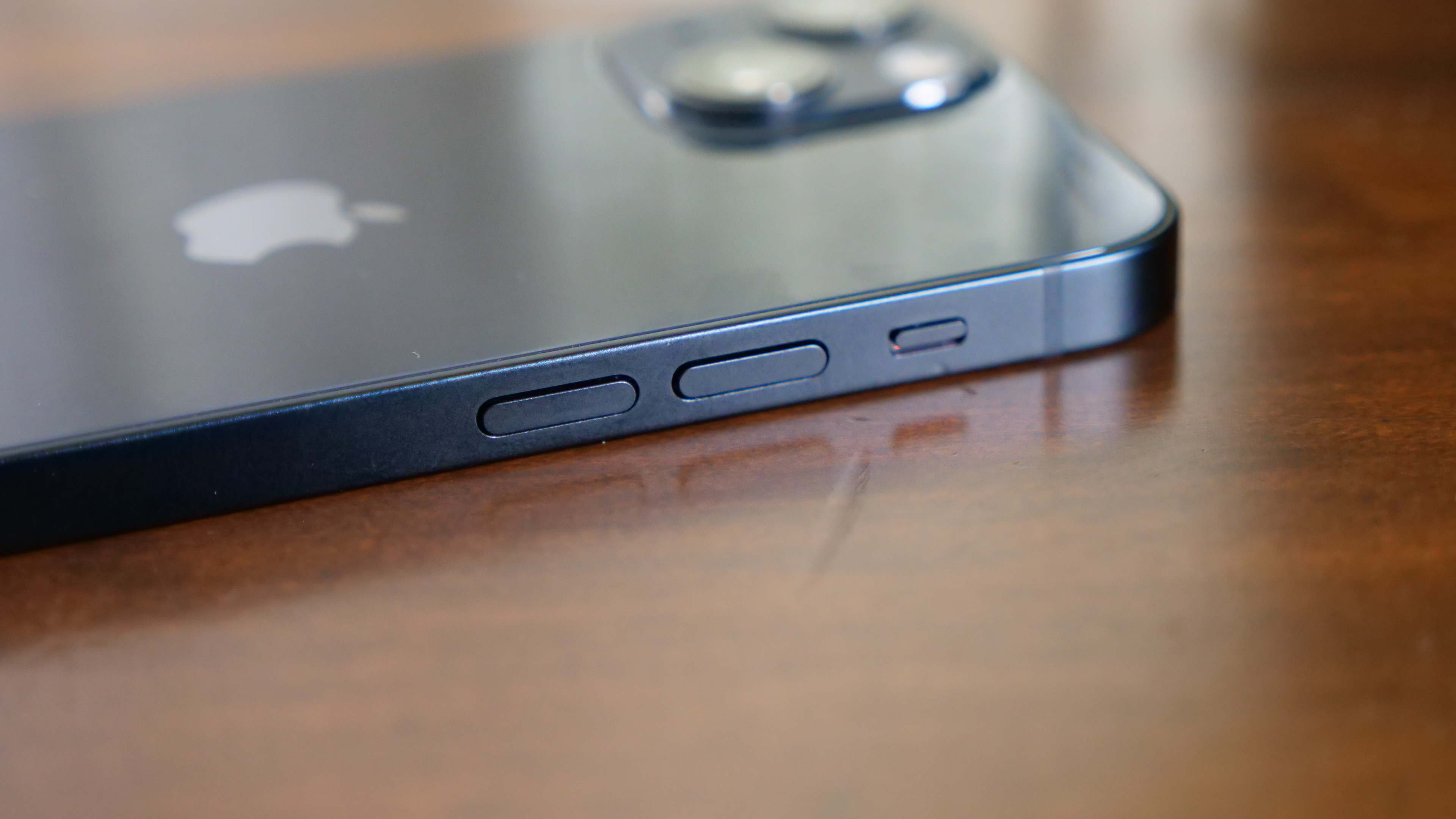
iPhone 13 mini design
Like the rest of the iPhone 13 lineup, the mini is virtually unchanged from the iPhone 12 mini that preceded it. The most notable visual alteration is the alignment of the cameras on the back now being on a diagonal rather than vertical. That probably won't impact your feelings about the phone.
Once you pick it up, you might notice that the 13 mini is slightly thicker and heavier than the iPhone 12 mini. However, at just below 5 ounces, it is still improbably lightweight compared to any other phone. Also, while the move to 0.3 inches thick from 0.29 inches may stop cases from being interchangeable, this is still the most pocketable traditional phone on the market.
The overall look remains; the squared-off design I thoroughly enjoyed on the iPhone 12 hasn't changed. The slight reduction to the notch is most welcome on the mini where it took up the highest percentage of screen real estate. Around the edges of the phone, you have the side button on the right, while the mute switch and volume buttons are on the left and the Lightning port remains at the bottom.

My review unit is the glossy black that Apple calls Midnight, and I’ll give Apple credit — what should be a complete fingerprint nightmare sheds them like no other glossy phone I’ve ever used. I’m still happy Apple sent one of its silicon cases along as the AllState durability test showed that, while the iPhone 13 models are resilient, they are far from unbreakable.
The size of the iPhone 13 mini is the highlight of its design. The primary reason to buy this phone is its pocketability and smaller screen if you find navigating a large screen cumbersome. Here, the iPhone 13 mini knocks it out of the park as its 5.2 x 2.5 x 0.3-inch chassis and 5-ounce weight make everything but foldables look like monsters.
That makes the Galaxy Z Flip 3 the only remotely comparable flagship when it comes to pocketability at 3.4 x 2.8 x 0.63 inches thick when folded, although at 6.5 ounces, it is notably heavier. The OnePlus 9 (6.3 x 2.9 x 0.32, 6.8 ounces) and Galaxy S20 FE (6.3 x 2.9 x 0.3, 6.7 ounces), dwarf them both.
While waiting for the iPhone 14 next year may seem tempting to some iPhone 13 buyers, the iPhone 13 mini is a no-go as multiple credible sources have indicated this will be the last of the iPhone mini models.
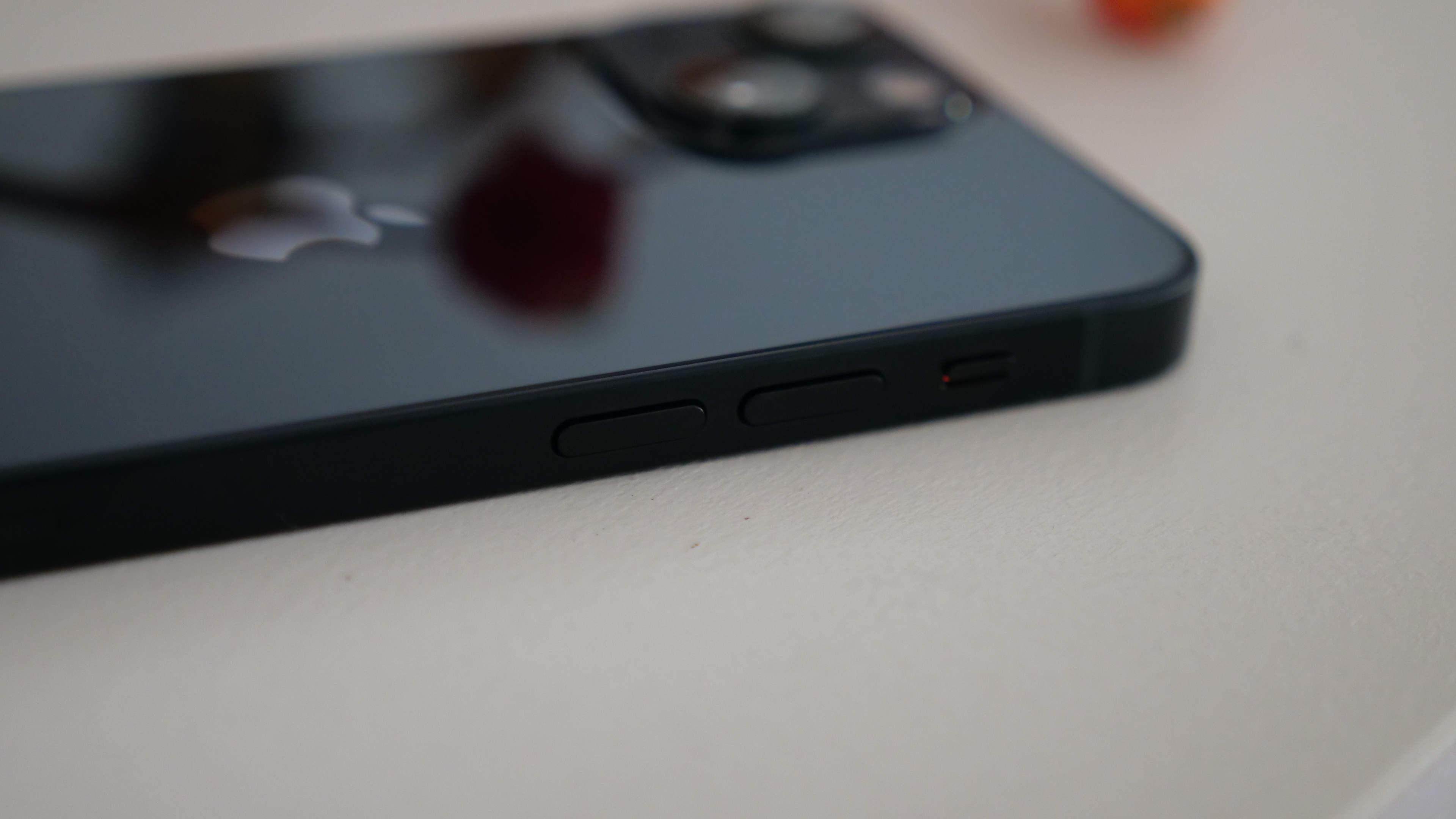
iPhone 13 mini displays
While the iPhone 13 Pro models added 120Hz ProMotion displays this year, the iPhone 13 mini retains the same 5.4-inch Super Retina XDR display with a 2340 x 1080 pixel resolution and 60Hz refresh rate. That isn’t to say there aren’t any improvements; it boasts a higher brightness and gets a smaller notch.
The roughly 20% reduction to the size of the notch this year isn’t a game-changing update. It has the biggest impact on the iPhone 13 mini as the notch size doesn’t vary based on the size of the display. Not much is done with the recovered screen real estate, but any reduction is welcome.
I turned to an episode of “Life in Color with David Attenborough” on Netflix to test the display and see if the Dolby Vision HDR support could keep pace. While its small size makes it not the best choice for content consumption, the display still looks fantastic. A scene offering a close look at the eyes of a translucent blue mantis shrimp serves as a perfect showcase for the display. Minute details in the unique pattern of its eyes were visible, and the electric blue of its body popped off the screen.

Our lab testing shows the iPhone 13 mini color reproduction is solid at 82.9% of the DCI-P3 color gamut. The OnePlus 9 (73.8%) and Galaxy Z Flip 3 (76.4%) both came in behind in their natural setting, but as with most Android phones, the option to flip to a vivid mode allows them to press much higher with the OnePlus 9 delivering 141.3% in that setting.
The Delta-E color accuracy test results (lower is better) are solid for the iPhone 13 mini, with a 0.27. That is right on par with the OnePlus 9 (0.27) and bests both the Galaxy S20 FE (0.3) and the Galaxy Z Flip 3 (0.32).
As advertised, the iPhone 13 mini got a nice boost to its peak brightness at 788 nits in our testing. That’s good enough to beat all of its rivals. The Galaxy Z Flip 3 (723 nits), Galaxy S20 FE (679 nits), and OnePlus 9 (696 nits) are all outshone by the iPhone 13 mini.
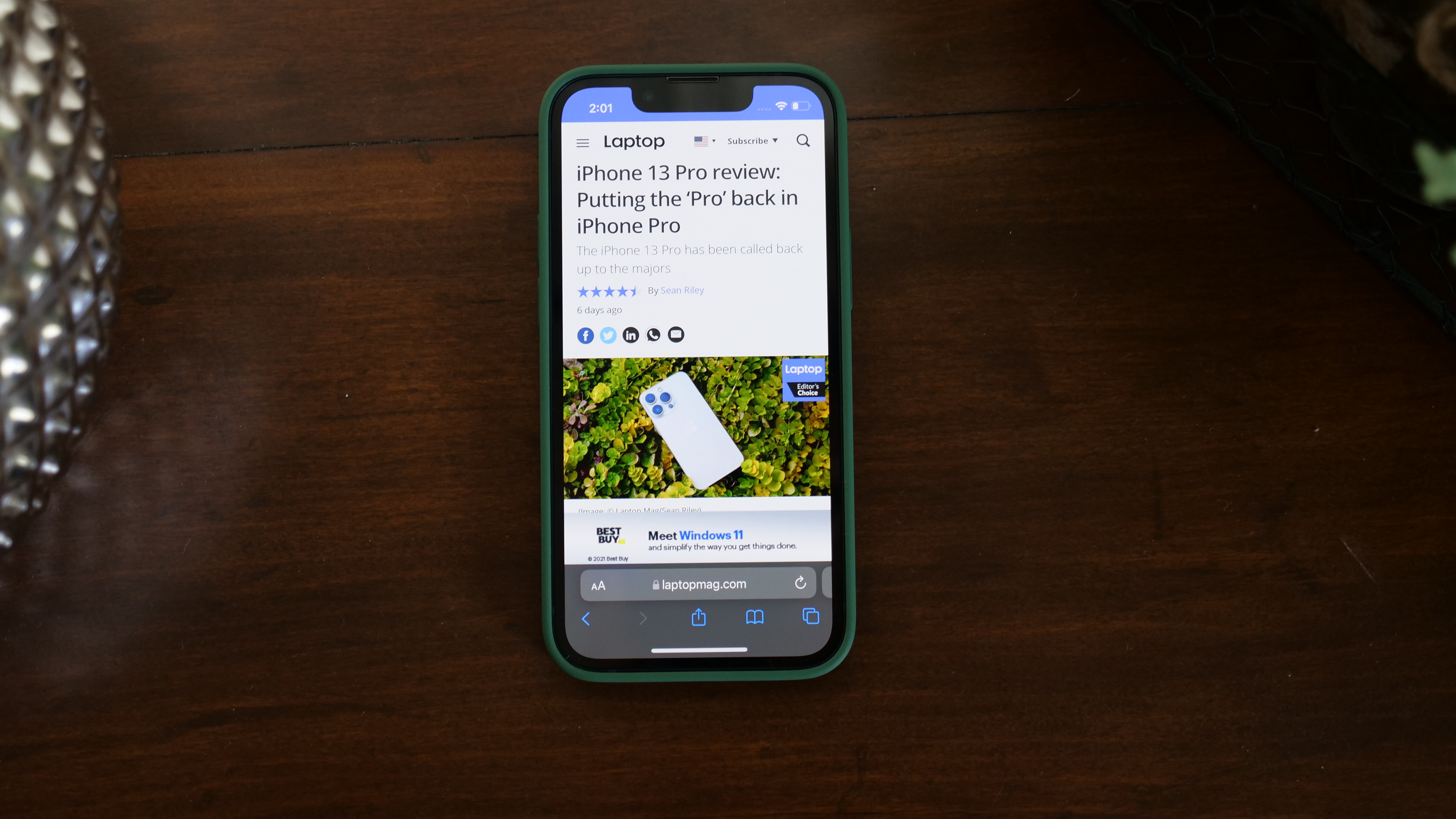
iPhone 13 mini performance
The top Android phones powered by the Snapdragon 888 processor can handle any task you can throw at a modern smartphone with ease, and yet, Apple’s A15 Bionic blows by them like they are standing still. The only critique you can levy at the A15 Bionic is that it is the equivalent of having a Tesla Model S Plaid that can go 0-60 in 1.98 seconds but you can only drive it in a school zone.
While the raw performance can't be fully unleashed, there’s more to the A15 Bionic than just speed; the 16-core Neural Engine unlocks some of its additional capabilities with machine learning and AI. We’ll also address some of the new computational photography features in the camera section, but some rely upon the A15 Bionic.
While I knew it was going to be a futile effort, I did at least try to slow down the iPhone 13 mini with dozens of Google Chrome tabs and a YouTube video in playing the background. But naturally, to no avail. Turning to one of its new features, Cinematic Mode, I captured a quick 20-second video and then proceeded to scrub through the 1080p video and shift the focus point around the scene which did, at least, take about 2 seconds to complete each time. But it’s a task that no other smartphone can do right now and one that would take considerably more time with a traditional camera, so as with the rest of the iPhone 13 models, this phone is faster than you will likely ever need it to be.

The iPhone 13 mini came in second only to the iPhone 13 Pro with its Geekbench 5 multi-core score of 4,643. With that score, it can't even see the Android competition in its rearview mirror with the OnePlus 9 (3,618), Galaxy Z Flip 3 (2,984) and Galaxy S20 FE (2,928) all distantly behind.
Graphics benchmarks were about the same with the iPhone 13 mini hitting 61 frames per second in the Wild Life Unlimited 3DMark test. That’s nearly double the OnePlus 9 (33 fps) and more than doubles the Galaxy Z Flip 3 (27 fps).
Our Adobe Premiere Rush test is one last great example of this advantage; this test has the phone convert a 4K video to 1080p. The iPhone 13 mini finished the task in 27 seconds. The Galaxy Z Flip 3 (0:53) came the closest, while the OnePlus 9 (1:01) and Galaxy S20 FE (1:24) both pushed past the minute mark.
This massive performance lead has been true for the last few iPhones. While it is unnecessary at the moment, the thing to always remember with the iPhone is the length of the software support. The iPhone 13 mini will still be receiving software updates in 2027 and by then, the fact that the A15 Bionic may still be on par with an Android flagship phone from 2023 could be very relevant. So enjoy ludicrous speed for now, and if you keep your phone long enough, you may appreciate it even more.

iPhone 13 mini audio
The iPhone 13 mini has stereo speakers located at the top and bottom of the phone and Dolby Atmos plus 3D spatial audio support.
I listened to Phoebe Bridgers' “That Funny Feeling,” and the iPhone 13 mini speakers delivered crisp and clean audio at a max volume that was more than enough to fill my 12 x 18-foot listening space. The blended harmonies and soft percussive backing sound can’t match the output from a good pair of wireless headphones, but they are more than enough to make you forget about picking up a small Bluetooth speaker to share a song or a quick video with someone.

iPhone 13 mini battery life and charging
Battery life was the biggest criticism aimed at the iPhone 12 last year, and the iPhone 12 mini suffered the most for it with one of the worst times we’ve ever recorded for a phone at 7 hours and 28 minutes. This year, the iPhone 13 mini gets an extra 211mAh of battery and a more efficient A15 Bionic processor to solve that problem.
Those efforts weren’t in vain. In our Laptop Mag battery test, which involves the phone continuously web surfing at 150 nits on cellular, the iPhone 13 mini lasted 8 hours and 51 minutes this time around. That’s an hour and 23 minutes better than its predecessor and even pushes past the standard iPhone 12 (8:25).
Looking at the competition, the iPhone 13 mini outlasts the Samsung Galaxy Z Fold 3 (6:00), but is edged out by the Galaxy S20 FE (8:59) and the OnePlus 9 (11:24) buries them all.

My typical day with a review device starts at 7:30 a.m. and goes until 10:30 p.m. with Netflix and/or YouTube streaming on Wi-Fi for roughly two hours, light web browsing, using social media, gaming for about 30-45 minutes, and capturing photos and videos. That combination was enough to kill the iPhone 13 mini by around 7 p.m. during one of my more camera-heavy testing days. On days when I wasn’t so snap-happy, the phone squeaked by with approximately 10% battery remaining.
The battery improvements on the iPhone 13 mini move the needle for it enough that many can use it without any serious battery anxiety. However, it may still be a problem for more demanding users. That feels like a tradeoff you know you are making by going with the iPhone 13 mini.
Charging remains unchanged on the iPhone 13 mini. Support for 20W fast charging allows the iPhone 13 mini to hit 29% in 15 minutes and 58% after 30 minutes if you buy a compatible charger. If convenience trumps charging speeds, then the wireless charging on the iPhone 13 mini may be the right choice for you with Qi support along with Apple’s MagSafe. This year, the latter is starting to see more uptake from third-party manufacturers, so more affordable options should be on their way.
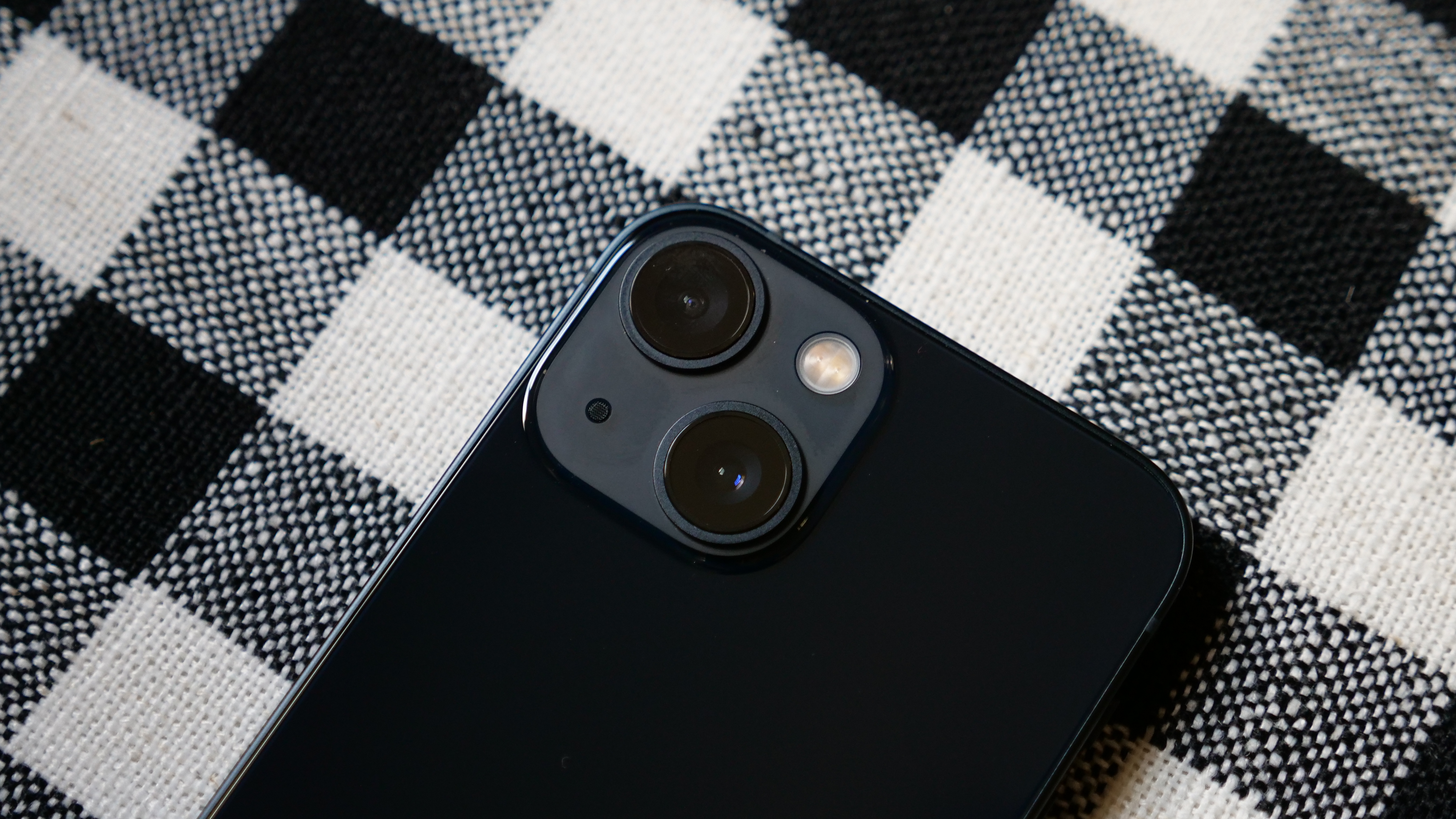
iPhone 13 mini cameras
The iPhone 13 mini camera system gets a couple of notable upgrades over its predecessor, but Apple has drawn a deeper line in the sand with the Pro models featuring dramatically better cameras than the mini or standard iPhone 13. As you’ll see, the results from the iPhone 13 mini are still excellent and video remains a dominant area even for the non-Pro iPhones, but if you want the best camera experience, the Pros now stand alone to an even greater degree.
Upgrades to the iPhone 13 mini cameras include a new 12MP wide-angle primary sensor that sticks to the same impressive f/1.6 aperture but moves to larger 1.7um pixels for better low-light performance. The 12MP ultra-wide sticks to the same f/2.4 aperture, but now supports Night Mode, allowing you to get some of those impressive near-night shots on a wider scale. Further boosting the low-light performance is the adoption of sensor-shift image stabilization, which was exclusive to the iPhone 12 Pro Max last year.
Apple’s A15 Bionic is also part of the camera upgrades for the iPhone 13 mini as it features a new ISP (image signal processor) that works in tandem with the AI and machine learning enhancements in the A15 to improve the computational photography and videography prowess of the iPhone 13 mini.

Smartphone cameras are increasingly as much about the software as the hardware and Apple's new features are drawing a lot of attention this year. The first of these is Cinematic Mode, which allows you to easily shift the focus in your videos either while you are capturing them or in iMovie after the fact. It’s a cool effect and I firmly believe it will catch on with a certain audience (I’m looking at you TikTok). But I’ll be surprised if it catches on with most users as it adds a layer of production most won't want to deal with.
Photographic Styles is the star of the show when it comes to the iPhone 13 camera software updates. During the original presentation, it seemed like simple filters being applied to your photos before you took them, but that is selling it short. Using Photographic Styles, you can tweak the camera’s tone and warmth settings to your exact preferences. By default, you have Standard, Rich Contrast, Vibrant, Warm and Cool. Moving between them requires a swipe left or right in the camera app. Once you have these dialed in, you feel a bit like you have the best of the Pixel, Galaxy and iPhone all in your iPhone 13.

Wide-angle camera
The wide-angle camera on the iPhone 13 mini remains a standout with its f/1.6 aperture and now larger 1.7um pixels and sensor-shift image stabilization. The changes on the iPhone 13 mini and standard iPhone 13 are geared primarily toward improving low-light. Trust me, you are not going to notice an appreciable difference over last year with daytime photos.
Here’s a sampling of images I’ve captured over the last week including some night shots with Night Mode both on and off. The shots of the lion on the fountain show just how good the standard low-light performance is on the iPhone 13 mini. With very limited ambient light, the lion is clear and almost completely free of noise. The Night Mode version of that shot amps up the lighting, but the detail is there in both images.
A shot of our Brahma chicken shows the natural depth of field the iPhone 13 mini can create, which is a good reminder that portrait mode is not always the answer. And while you may not get the new Macro Mode of the Pro models, you can still get excellent detail with the iPhone 13 mini as seen in this close-up of some tiny purple flowers in our garden with their wispy petals and core that looks like an intricate work of pointillism.
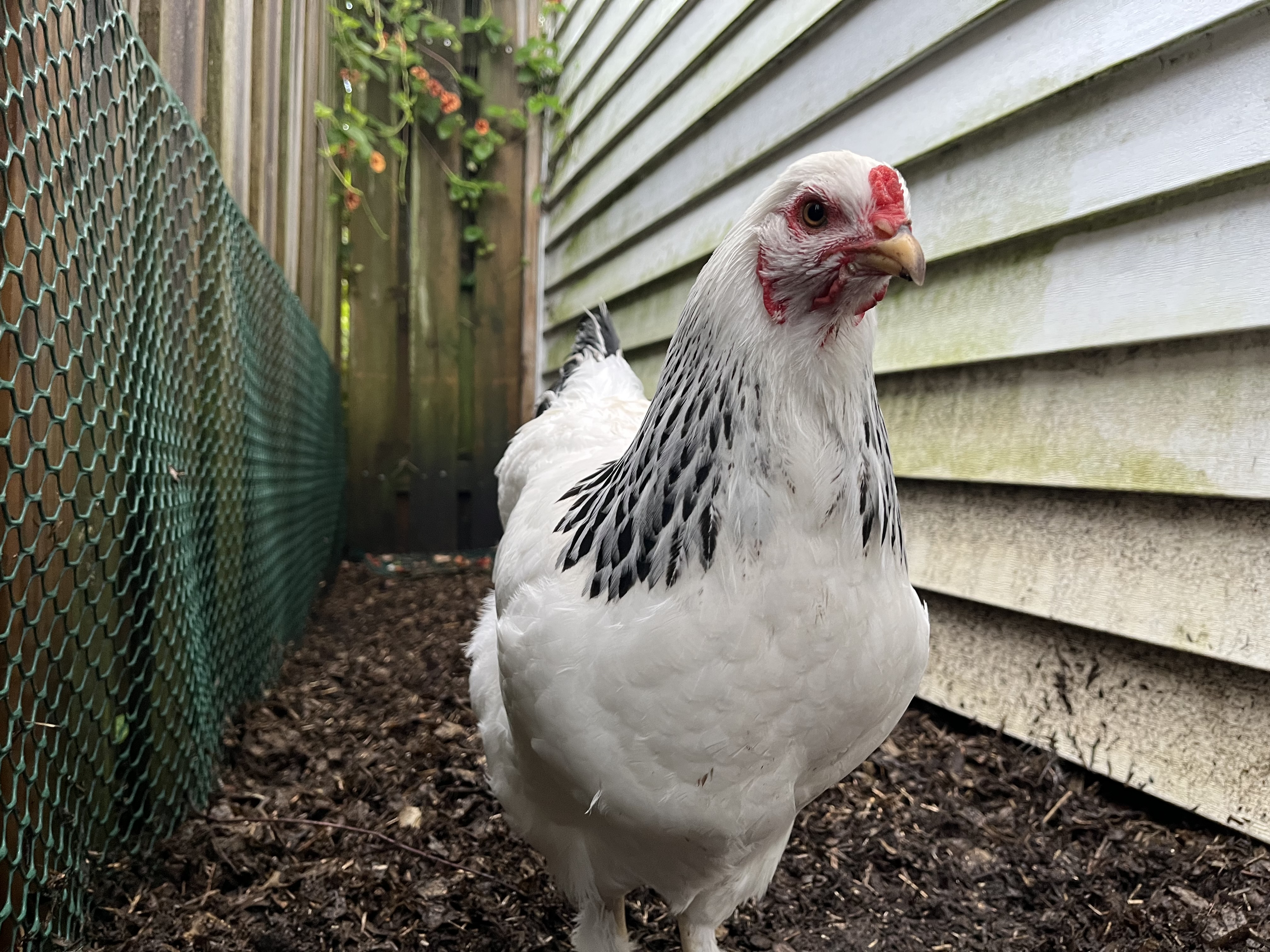
iPhone 13 mini wide-angle camera

iPhone 13 mini wide-angle camera

iPhone 13 mini wide-angle camera Night Mode off

iPhone 13 mini wide-angle camera Night Mode on

iPhone 13 mini wide-angle camera

iPhone 13 mini wide-angle camera - Photographic Styles - standard

iPhone 13 mini wide-angle camera - Photographic Styles - Rich Contrast

iPhone 13 mini wide-angle camera - Photographic Styles - Vibrant

iPhone 13 mini wide-angle camera - Photographic Styles - Warm

iPhone 13 mini wide-angle camera - Photographic Styles - Cool
Ultrawide camera
The ultra-wide is where things become slightly disappointing when compared to the Pro models. At f/2.4, it remains identical to last year’s, with the addition of Night Mode support as the main new draw. I don’t want to sell it too short because it is capable of capturing excellent photos in daylight, and the addition of Photographic Styles is particularly great for landscape shots for capturing a variety of looks from the same scene.
Now take a look at Night Mode on the ultra-wide. Unlike the wide-angle lens, which can deliver a usable shot even in a dark environment, my sample of the same fountain with the ultra-wide camera goes from completely unusable to an almost noise-free shot of the scene.

iPhone 13 mini ultra-wide camera

iPhone 13 mini ultra-wide camera

iPhone 13 mini ultra-wide camera Night Mode on

iPhone 13 mini ultra-wide camera - Night Mode off

iPhone 13 mini ultra-wide camera

iPhone 13 mini ultra-wide camera - Photographic Styles - Standard

iPhone 13 mini ultra-wide camera - Photographic Styles - Rich Contrast

iPhone 13 mini ultra-wide camera - Photographic Styles - Vivid

iPhone 13 mini ultra-wide camera - Photographic Styles - Warm

iPhone 13 mini ultra-wide camera - Photographic Styles - Cool
Front-facing camera
The front-facing camera on the iPhone 13 mini is also unchanged from last year, but that’s true of all the iPhone 13 models. The 12MP sensor remains good enough and Apple’s Portrait lighting options introduced last year remain a bit of a selfie superpower when combined with Apple’s TrueDepth camera. It can deliver far superior depth data to most front-facing cameras.

iPhone 13 mini front-facing camera - Portrait mode - Natural Light

iPhone 13 mini front-facing camera - Portrait mode - Studio light

iPhone 13 mini front-facing camera - Portrait mode - Contour Light

iPhone 13 mini front-facing camera - Portrait mode - Stage Light

iPhone 13 mini front-facing camera - Portrait mode - Stage light mono

iPhone 13 mini front-facing camera - Portrait mode - High-key light mono
iPhone 13 mini software
The iPhone 13 mini runs iOS 15 and, while there are some handy new features, I have to stress that the biggest advantage of iOS is the software support. Apple offers day one install of iOS 15 for every iPhone going back to the iPhone 6S from 2015. Nothing on the Android side comes close, so this should be a major deciding factor for you if you hang on to your phones for several years.

Looking at iOS 15, it isn’t much of a visual departure from iOS 14, but it picks up some handy new features that you should learn how to use to get the most out of the operating system. If you have friends who use Android, then the addition of support for FaceTime calls with Android users is going to be a helpful upgrade.
When it comes to productivity, iOS 15 adds Focus Mode to apply granular controls to notifications based on what you have going on. If you just have one app that needs to quiet down then you can now temporarily mute notifications for any app. And as a longtime Android user, the ability to finally drag and drop content between apps in iOS 15 is huge as navigating the Files structure has never been intuitive.
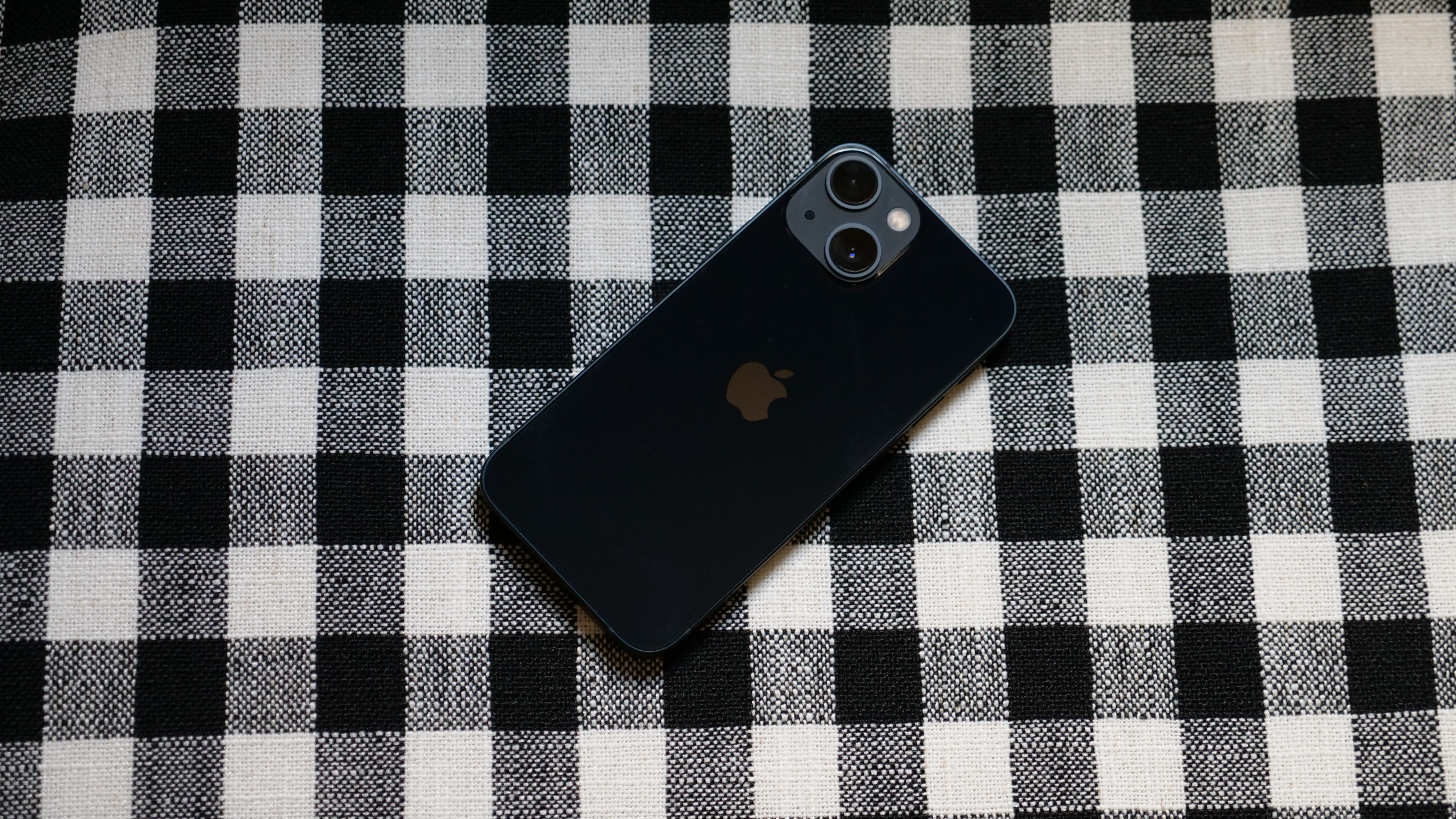
Bottom line
The iPhone 13 mini is likely going away next year because, based on the sales, most users aren’t willing to give up a big screen to get a small phone. However, for the apparently small niche that wants a small screen, a small phone or both, the mini remains the best option — and that is likely to be true for years to come.
You are losing out on some features by not going with the Pro models and the battery life still isn’t anything to write home about, but nothing comes close to the performance of the iPhone 13 mini. And while the Galaxy Z Flip 3 is a potentially compelling alternative, this foldable still has durability concerns that are going to drive some people away.
If you are intrigued by the notion of a small phone, don’t hesitate, the iPhone 13 mini may be the best small phone you will ever have the opportunity to buy.
Sean Riley has been covering tech professionally for over a decade now. Most of that time was as a freelancer covering varied topics including phones, wearables, tablets, smart home devices, laptops, AR, VR, mobile payments, fintech, and more. Sean is the resident mobile expert at Laptop Mag, specializing in phones and wearables, you'll find plenty of news, reviews, how-to, and opinion pieces on these subjects from him here. But Laptop Mag has also proven a perfect fit for that broad range of interests with reviews and news on the latest laptops, VR games, and computer accessories along with coverage on everything from NFTs to cybersecurity and more.
